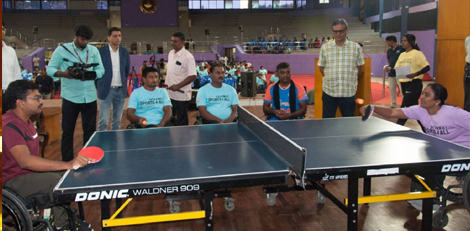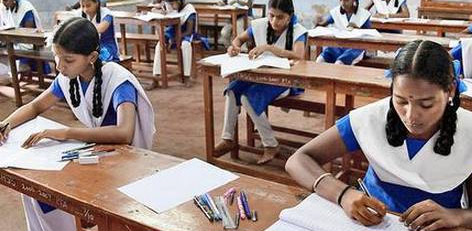Flood protections in underground metro stations of Chennai
Posted on: 08/Jun/2018 12:09:28 PM

The entry points of the underground metro station are built with large glass panels and white-pitched roofs. This kind of construction gives a modern look enhancing the metropolitan theme on the roads connected with those underground stations. But the main purpose of these exclusive entry points are not built only for the look and feel. They serve for the protection purpose in the times of heavy rains followed by floods that is very common in Chennai.
Recent three years had witnessed some of the heavy damages caused by the floods. Especially in the year 2015 the whole city went into to the disastrous water stream as a result of the opening of the Chembarambakkam Lake by the governmental authorities after the seasonal rains.
Keeping all these considerations on account Chennai Metro Rail Limited (CMRL) planned and executed the entry and exit structure of underground metro stations with proper protection structures to avoid water entering into the stations.
According to a CMRL official the stations have been built on an average height of 0.6m above the high flood level. This threshold level was finalized after several pre-analysis and information collected from the previous seasonal rains and floods. Water will not enter the underground stations at the times of flood in the future and for the worst case scenario, if the water enters the stations then the advanced facilities such as drains and pumping systems incorporated in the metro stations will be used for sucking out the excess water. Phase-1 stretch covers 45 kms with 19 underground stations among which 13 stations are already operating.
Every entry points in the stations have four sets of stairs leading to another set of stair or escalator connecting non-paid area in the concourse and ticketing level. Some of the stairs are built above the pavements in certain stations for the same connecting facility. Both the pedestrians and commuters can use the concourse level of the underground metro stations. The concourse level being a non-paid area can provide shelter for commuters and pedestrians as well in the times of heavy rain.
CMRL had constructed the Saidapet metro station with flood walls on either side of the ramp connecting to the elevated Little Mount station. The reason for the Little Mount station elevation is the whole site built across the Adyar river that drowned the entire area in 2015 Chennai floods. Maraimalai Adigal Bridge at Saidapet was entirely submerged into the water as a result of the overflow caused by the water release of Chembarambakkam Lake. So reports clearly shows that CMRL planned ahead about the protection methods and executed well in the underground stations during the natural calamities.







